Voice assistants may soon be able to identify the signs of cardiac arrest — and play a pivotal role in saving patients’ lives.
When it comes to cardiac arrest, every minute that passes without aid greatly decreases a patient’s chances of survival. A report from the Institute of Medicine found that, of the nearly 400,000 people in the US who experience a cardiac arrest, only about 6% survive. About two-thirds of these cardiac arrests occur in private residences, where there may not be someone nearby to help or to call 911.
There has been increasing interest in improving patient outcomes by training smart devices — specifically voice assistants — to recognize the signs of cardiac arrest and call for help. A team of researchers from the University of Washington are testing this idea, working with digital assistants and smartphones to detect the specific gasping sound that about half of people make when having a heart attack.
Using audio clips of this labored breathing from 911 emergency calls, the team trained a machine learning model to accurately identify cardiac arrest warning signs. At the conclusion of the proof-of-concept study, the tool demonstrated over 97% accuracy. While these results are promising, the researchers still want to continue perfecting the model before releasing it to the public.
The Future of Voice Assistants in Healthcare
It’s clear that smart devices are playing an increasingly important role in healthcare — and, with new developments like those made by the University of Washington, their growth shows no signs of slowing down. In fact, Gartner predicts that by 2020, 20% of citizens in developed countries will be using AI assistants. As these devices’ roles in patients’ lives — and in their health — continue to grow, how can healthcare marketers respond?
Acting as a heart attack alarm is only one option in a long list of possible health applications for smart assistants. Voice assistants have the potential to help patients book rides to and from the hospital, communicate discharge instructions post-surgery, or offer answers to common medical questions.
This technology promises to be especially valuable to the elderly, as it doesn’t require familiarity with screened devices, and for people who live alone. Of course, HIPAA regulations will play a major role in the speed of this technology’s development and adoption. So far, regulation has largely kept apace of innovation — and now it’s up to healthcare marketers to keep up, too.
Adapting Healthcare Marketing to Voice Assistants
The first and most pressing adjustment that healthcare marketers should make is optimizing for voice search. Unlike with mobile or desktop search, users often speak to their Amazon Echo or Google Home in full sentences, as they would to a person. Therefore, in order to reach an audience on voice search, marketers should phrase their blog posts and site pages to mimic natural speech.
For example, patients may ask a question like, “What are flat feet?” Pages that include this phrase — whether in the title or subheadings — are likely to perform well in voice search, as opposed to pages that simply include the phrase “flat feet.”
In addition, voice assistants rely heavily on location. When patients ask questions such as, “Where can I make a dentist appointment?” the assistant will answer with results relevant to its location. Ensure that your practice is listed in online business directories and that its details are up-to-date in order to rank in local searches.
Ultimately, adjusting to the influx of voice assistants will require medical marketers to take a proactive approach. Yet making small changes will likely pay off in spades, especially as voice assistants continue to play a more prominent role in the patient journey.















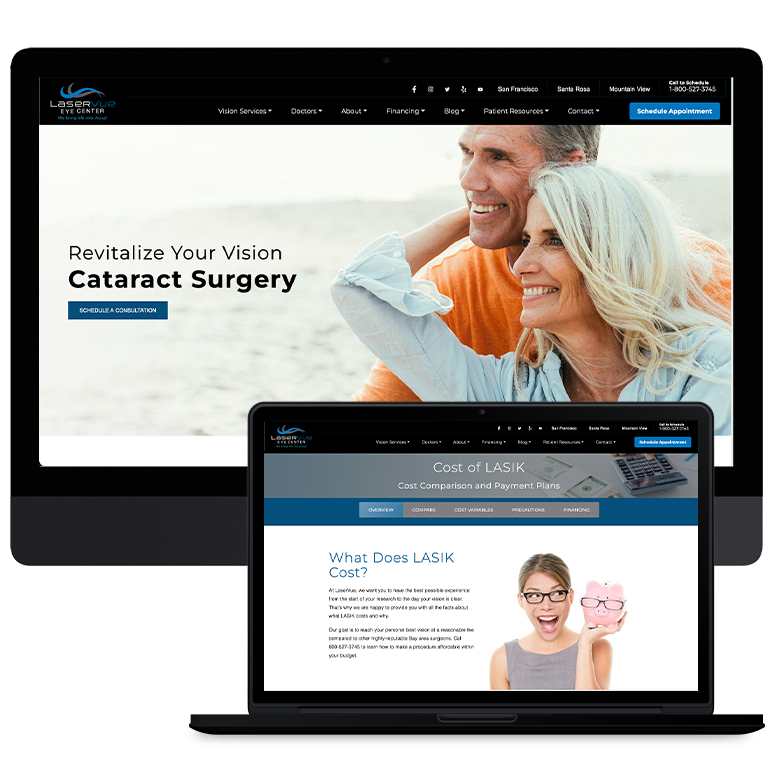
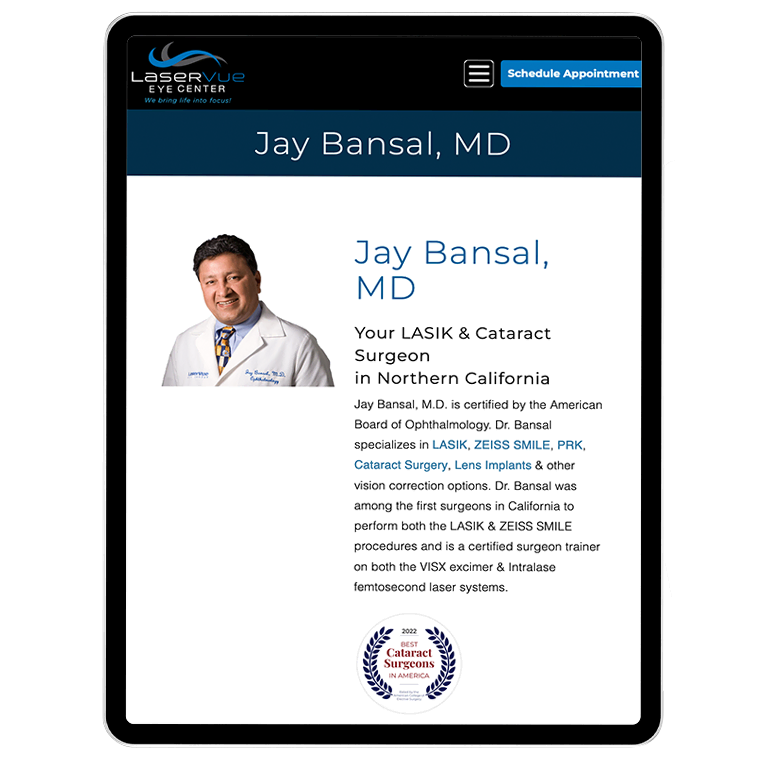

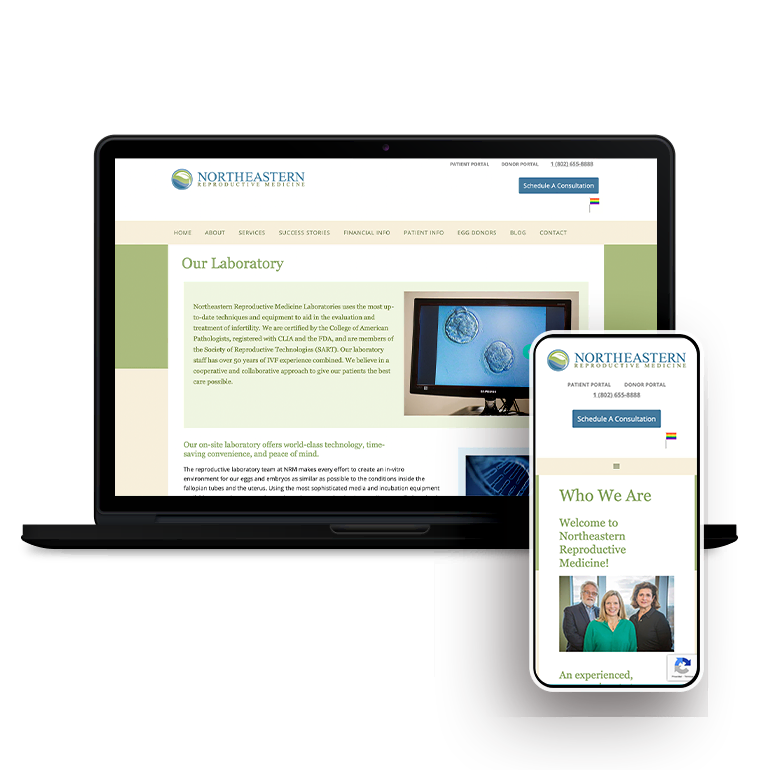
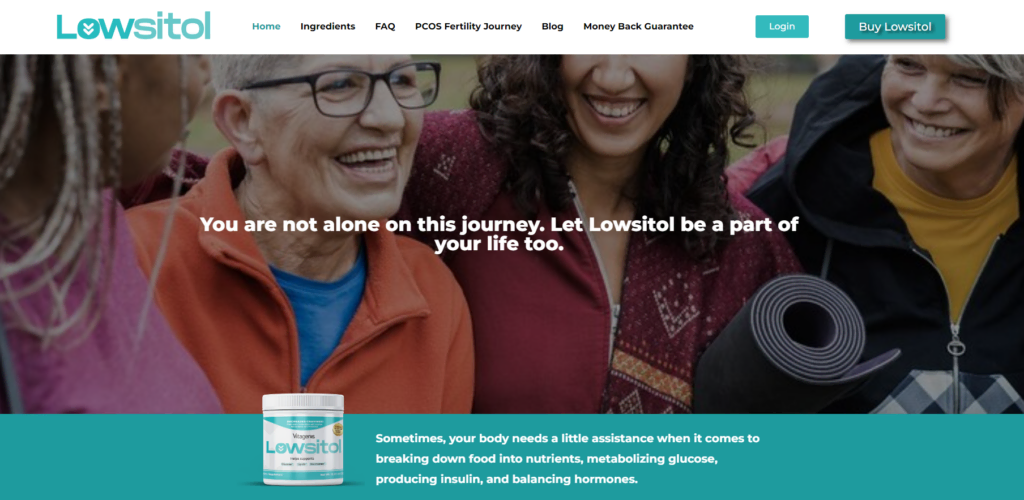


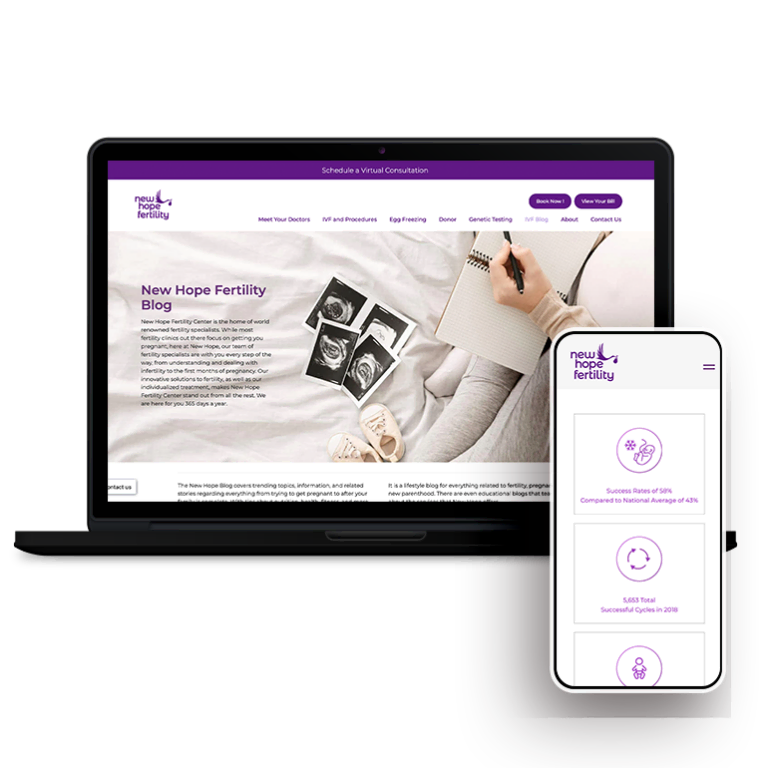
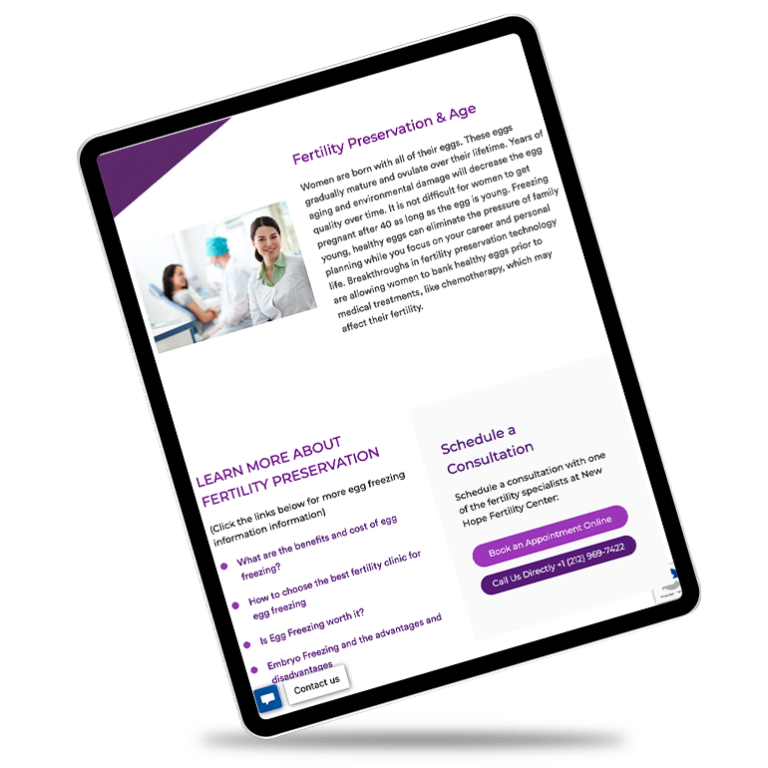
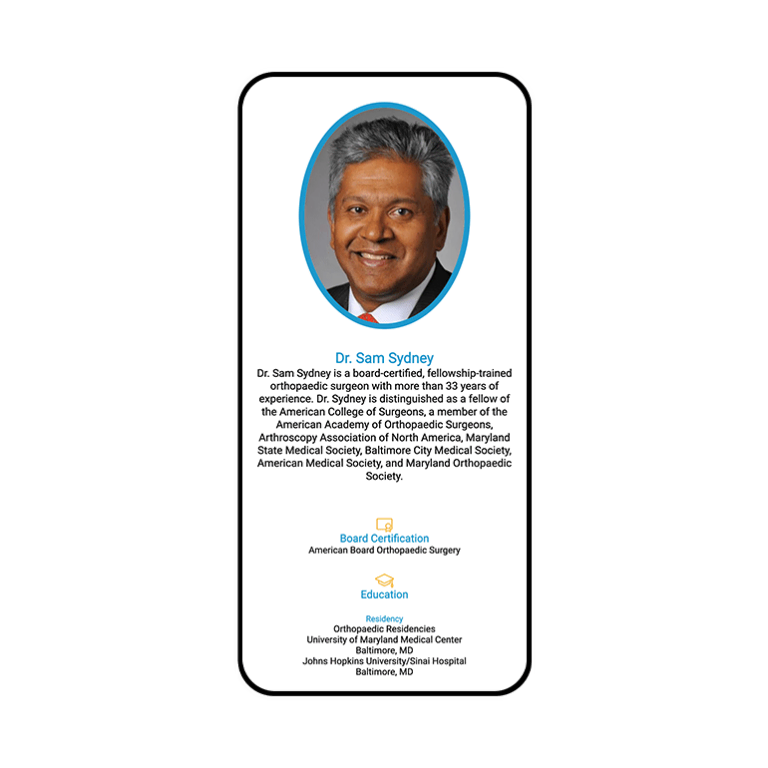
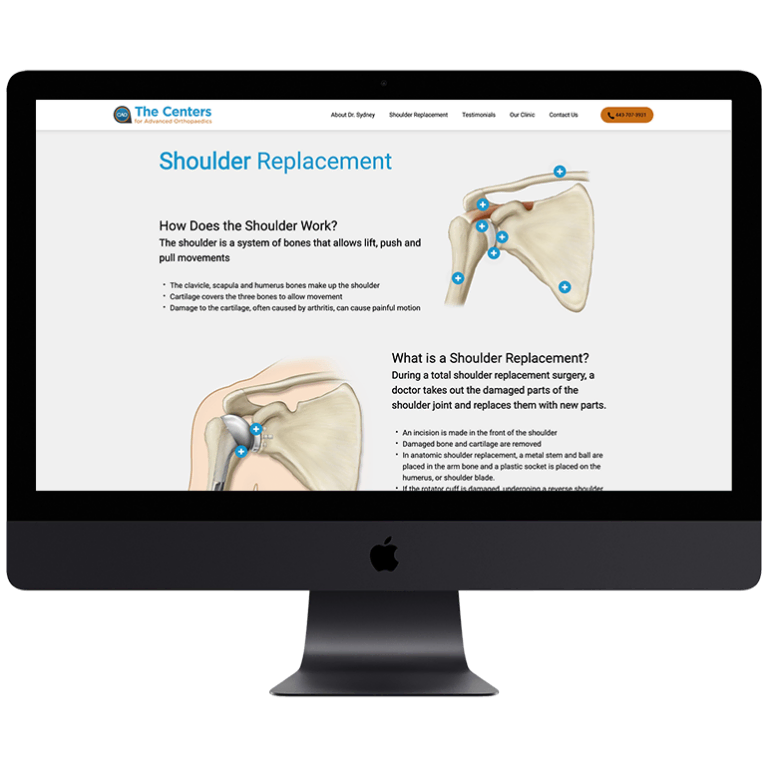

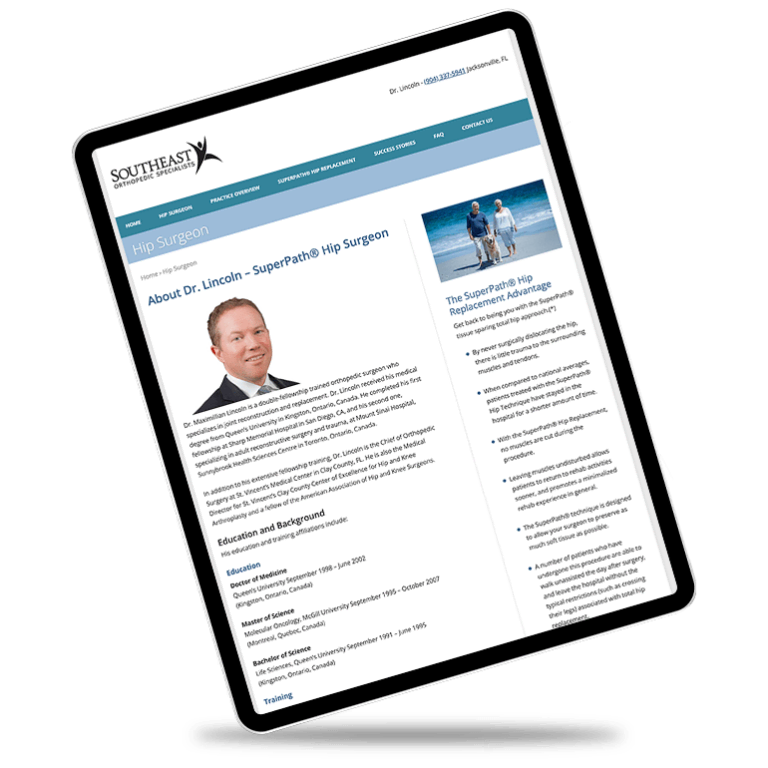

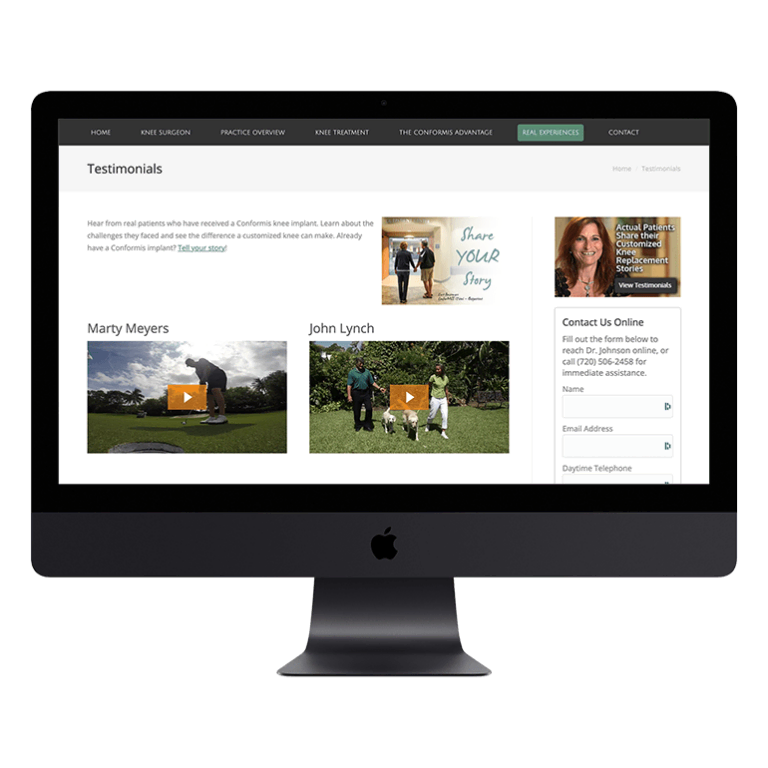
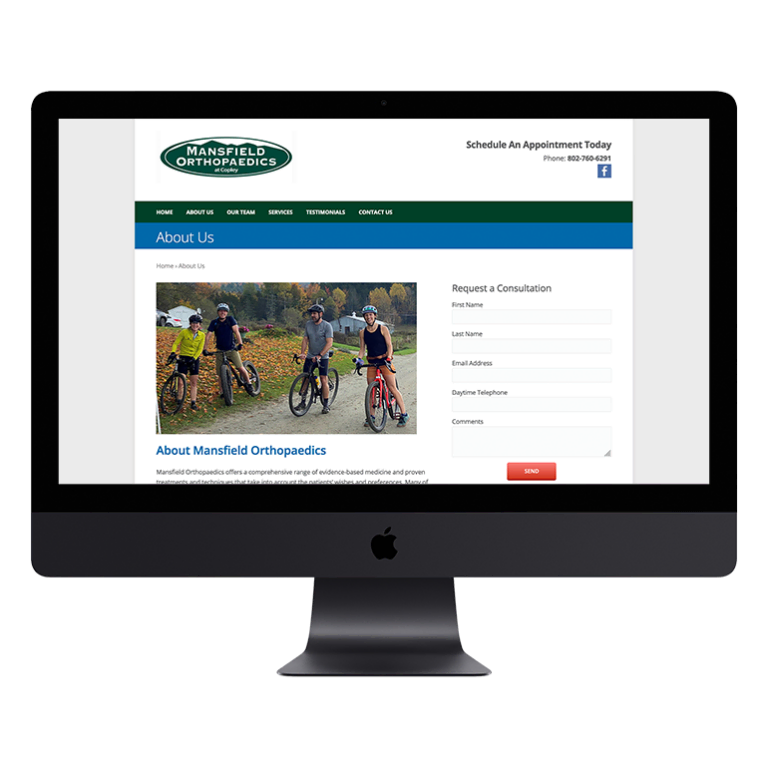
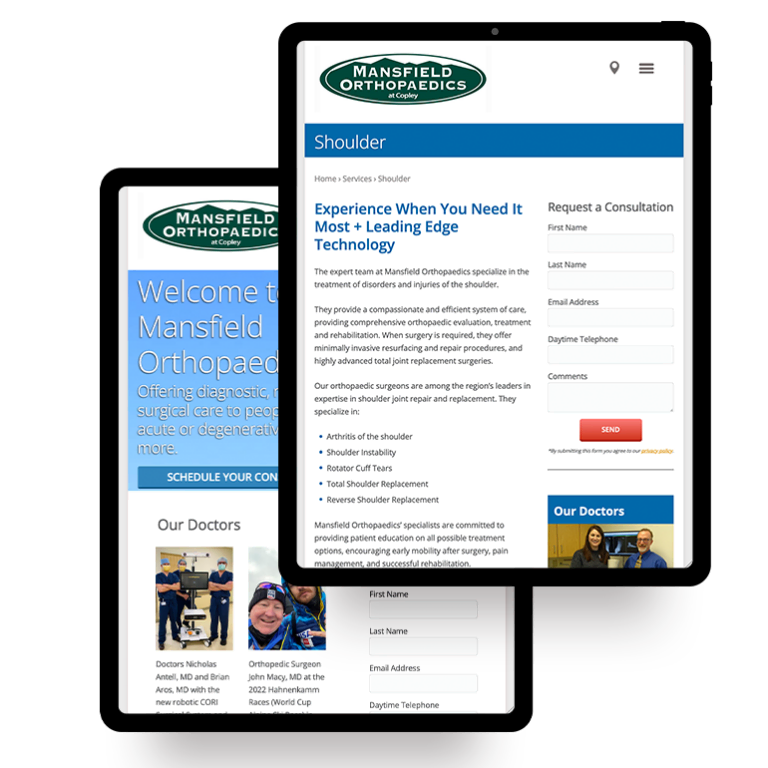

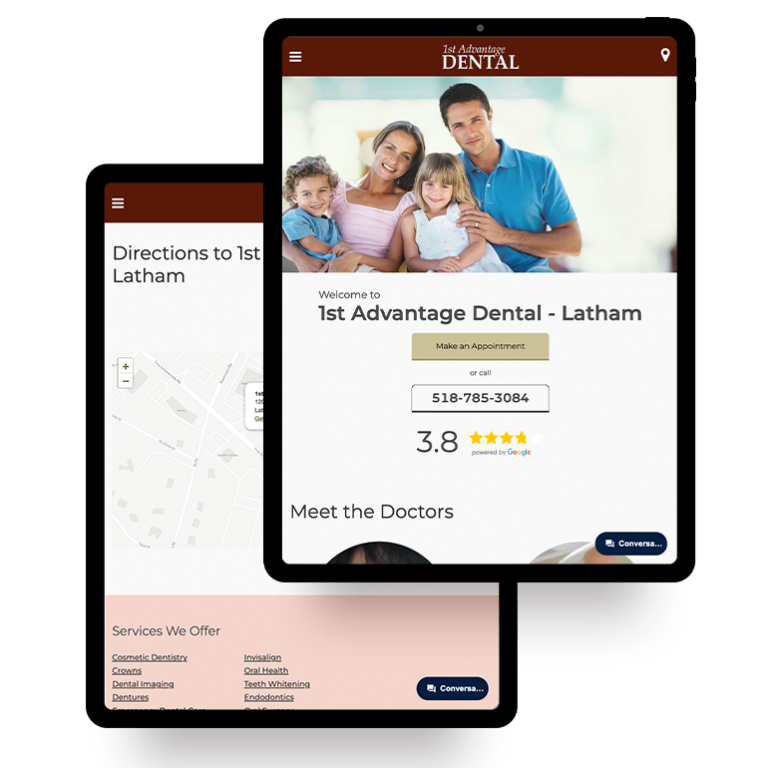

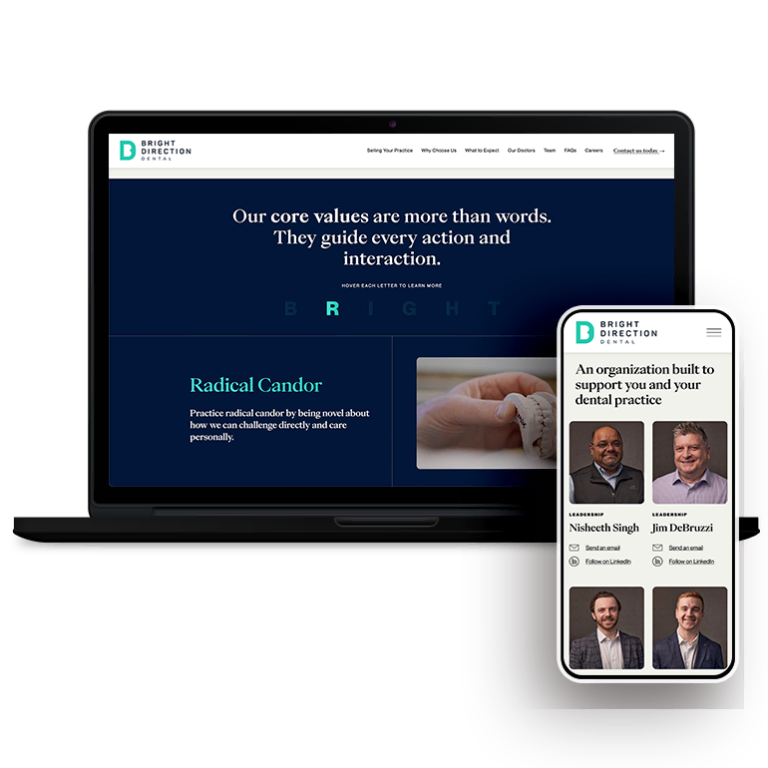
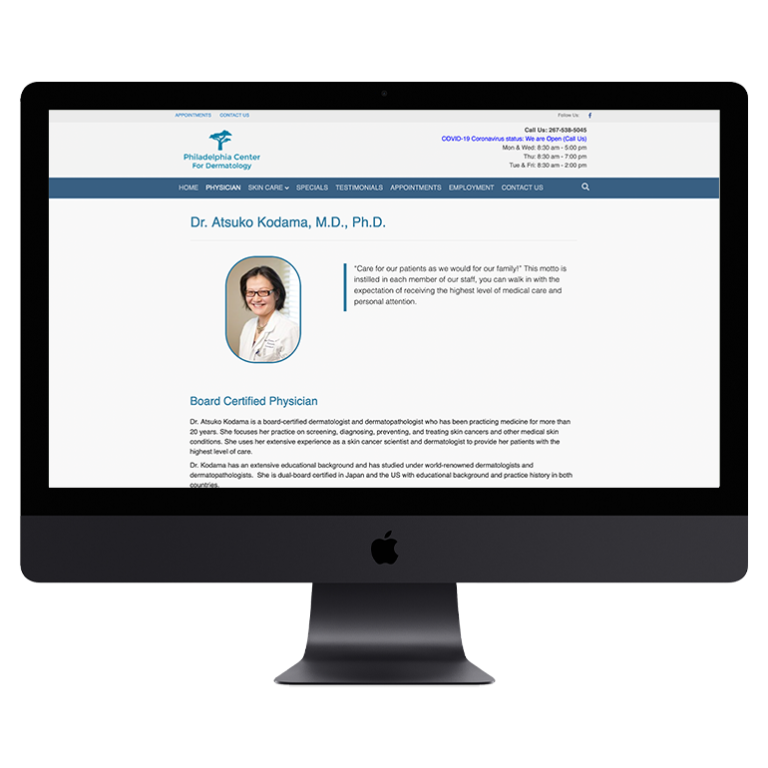
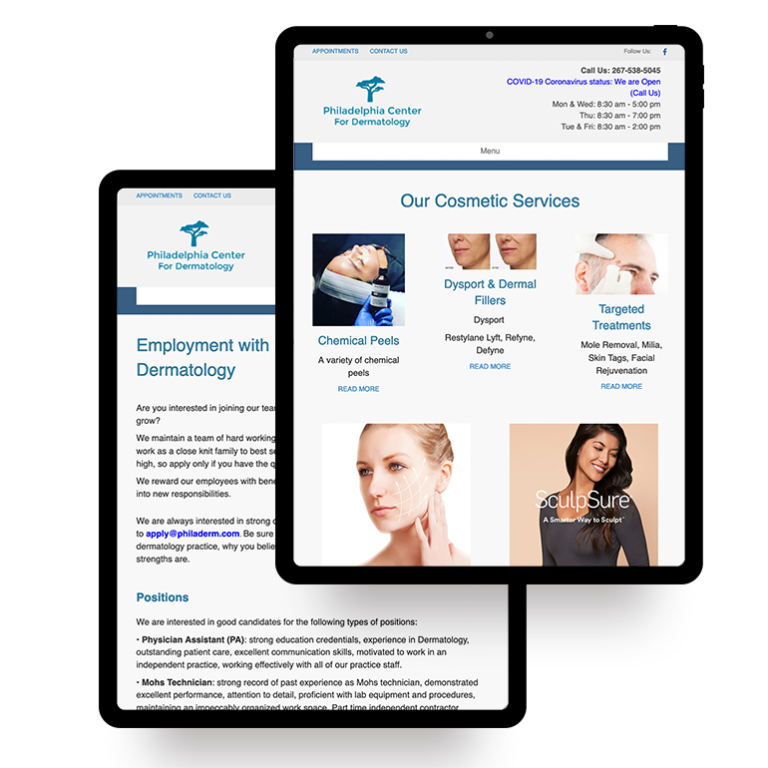



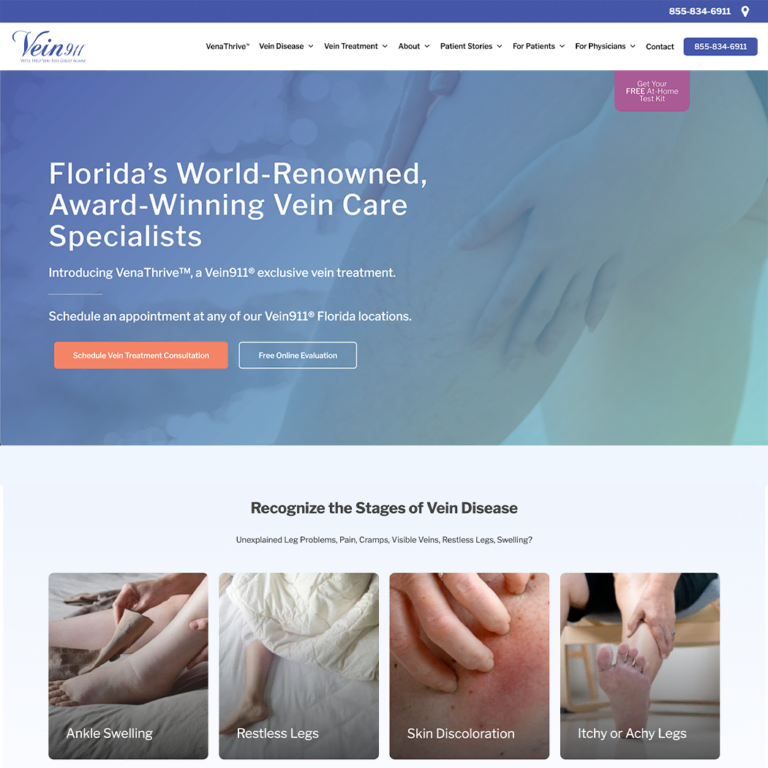
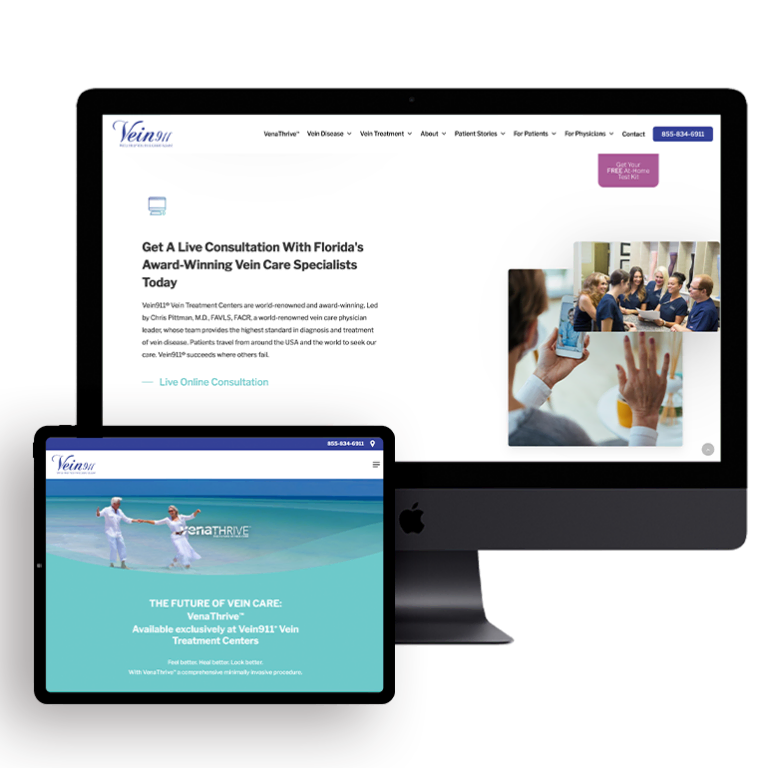
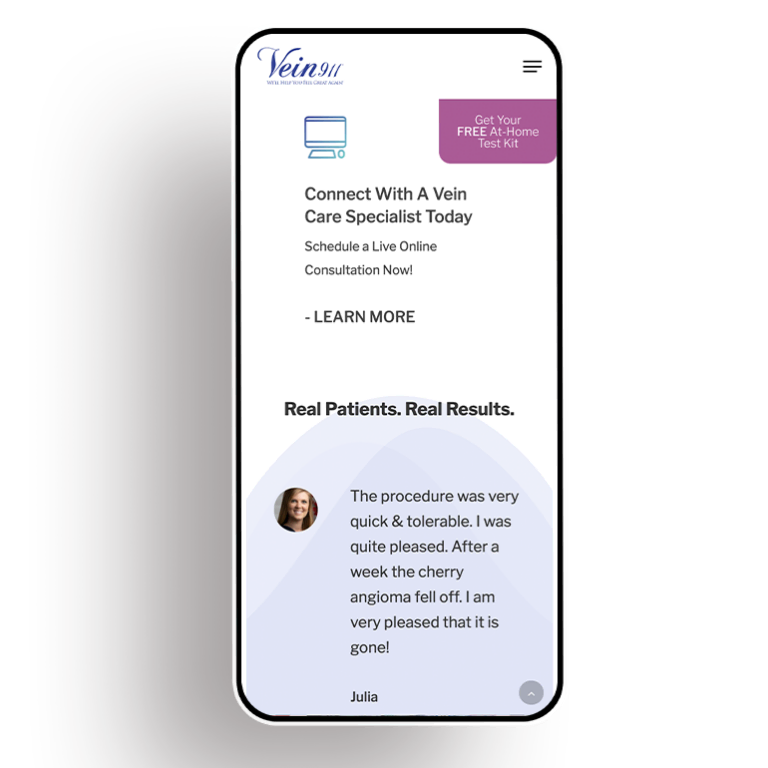
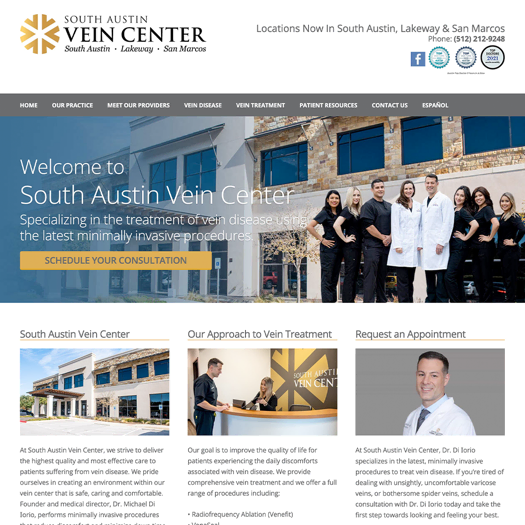
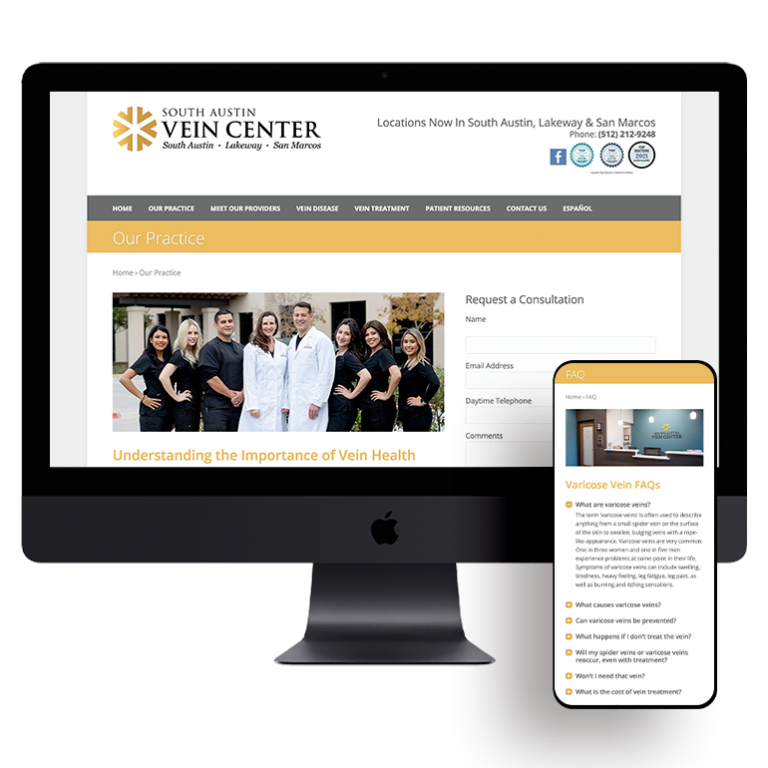
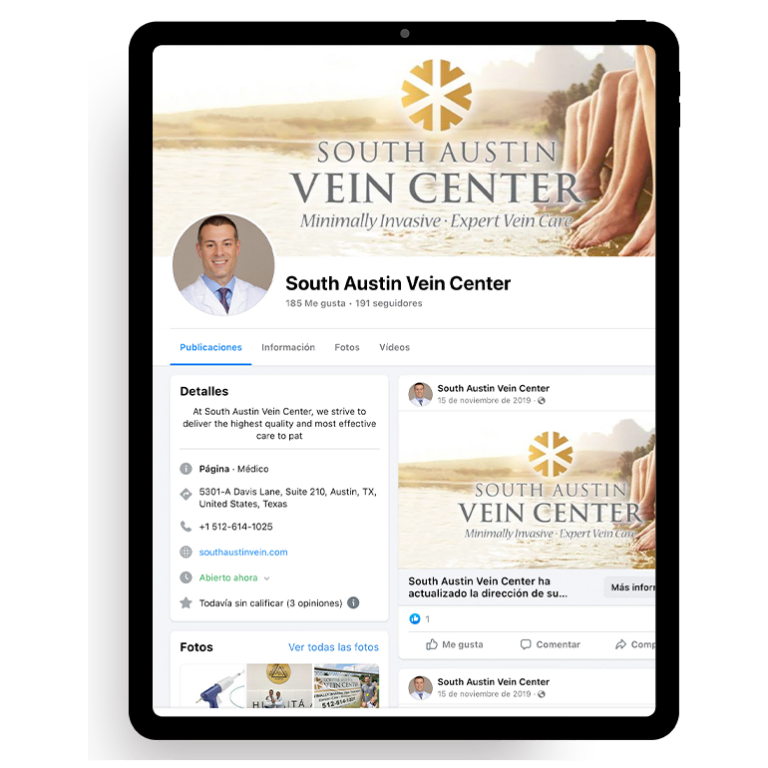



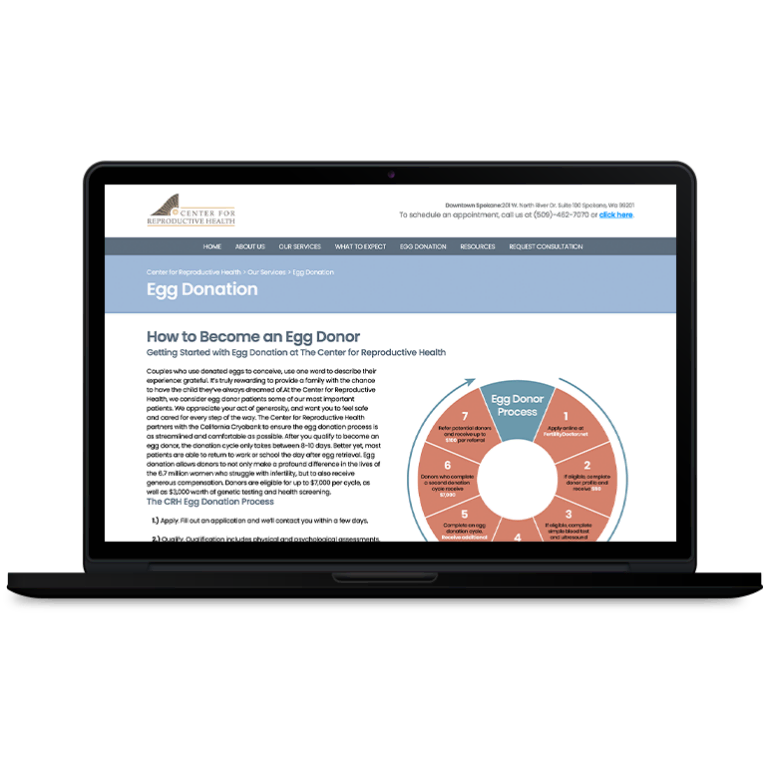
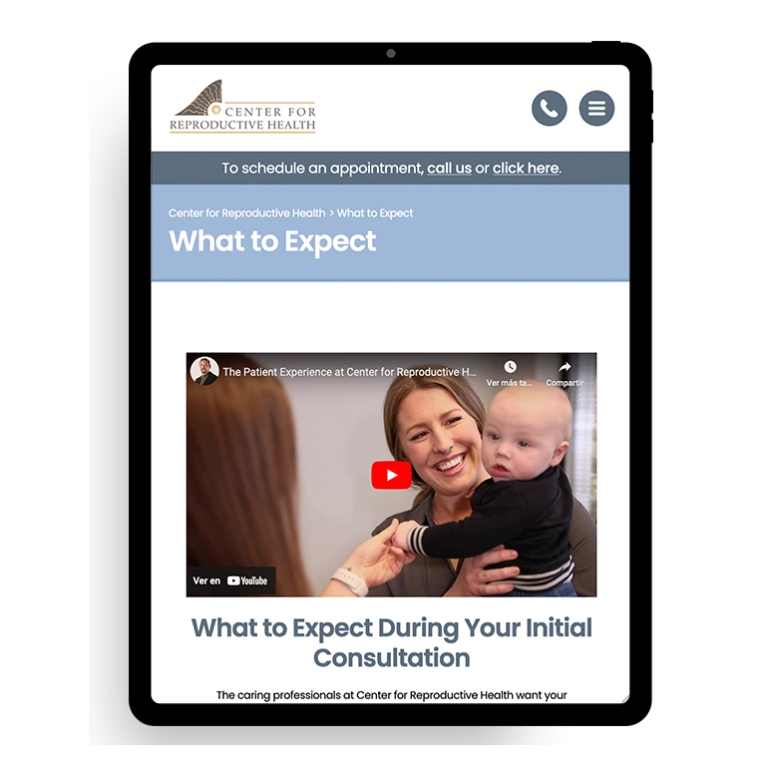
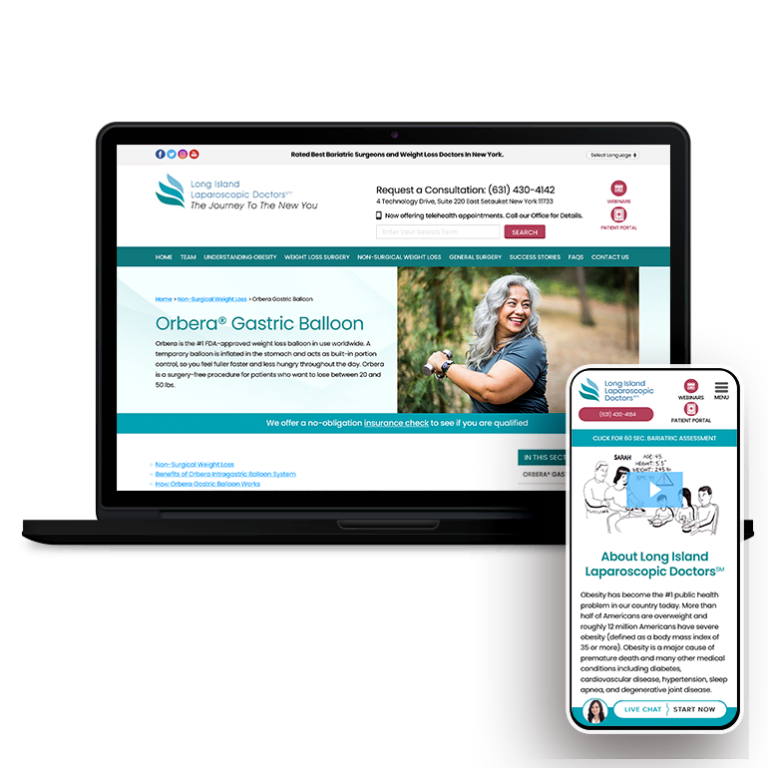
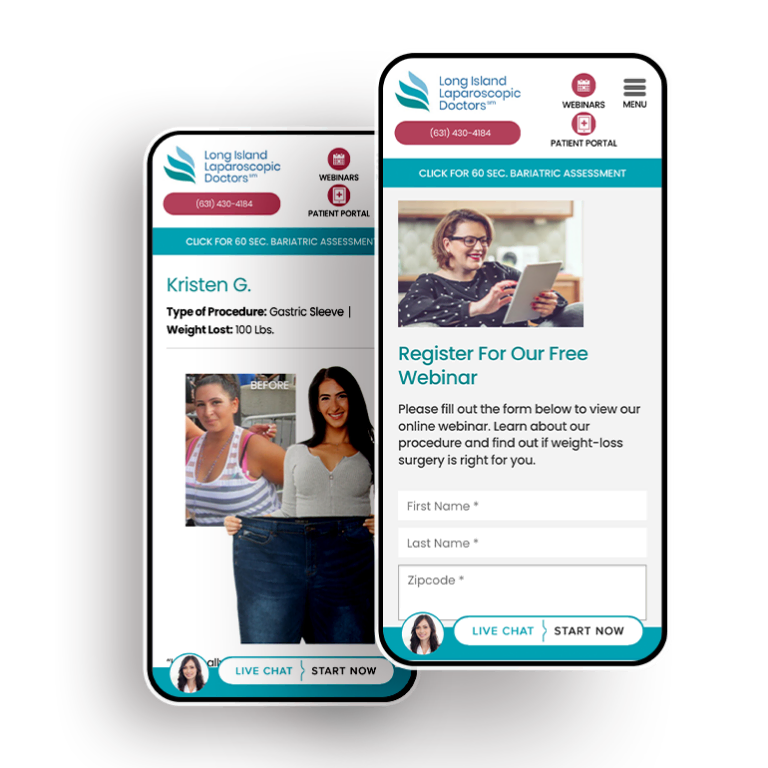
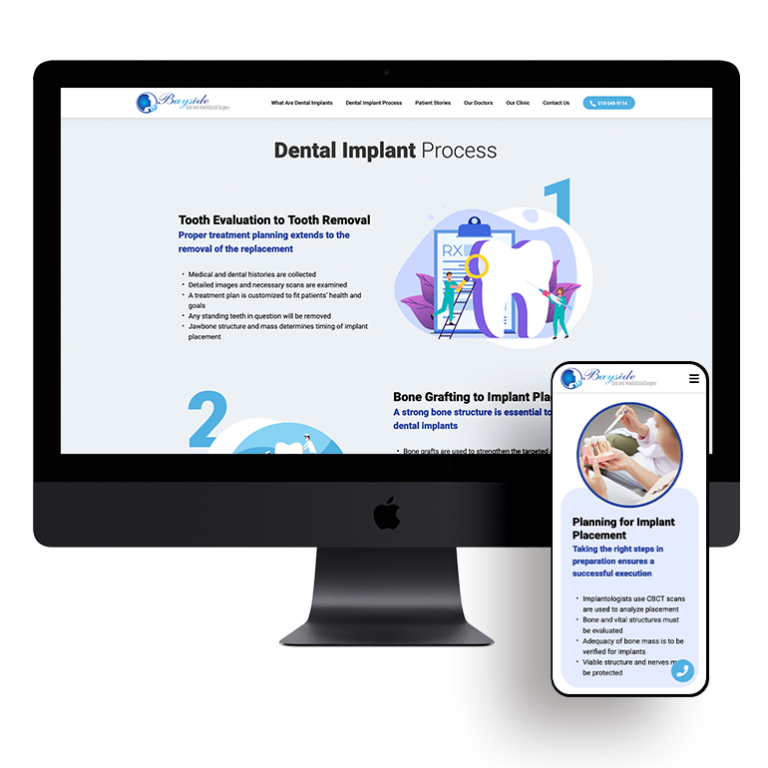

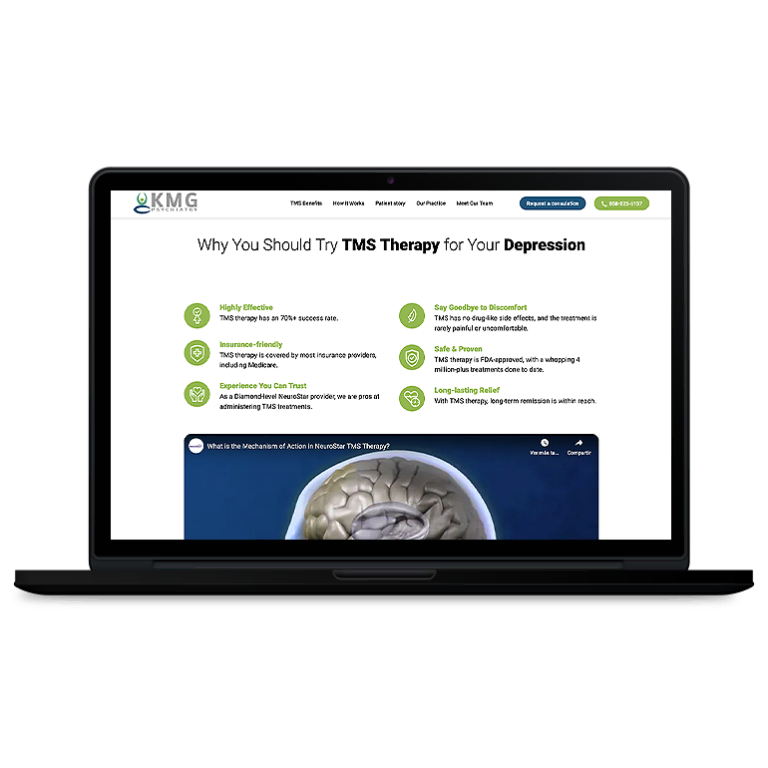


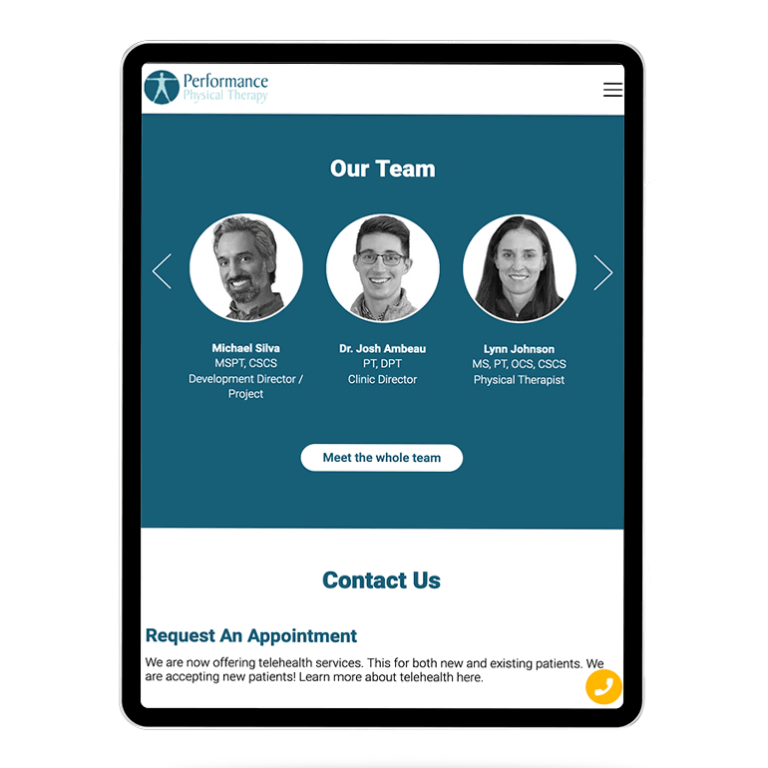

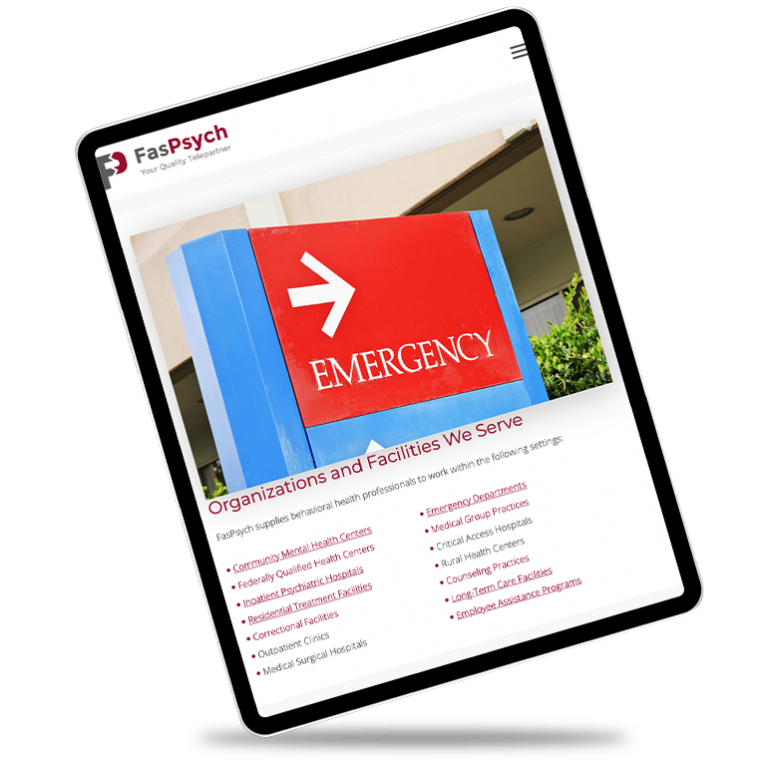
 Smart Design Creates New Patient Opportunities
Smart Design Creates New Patient Opportunities